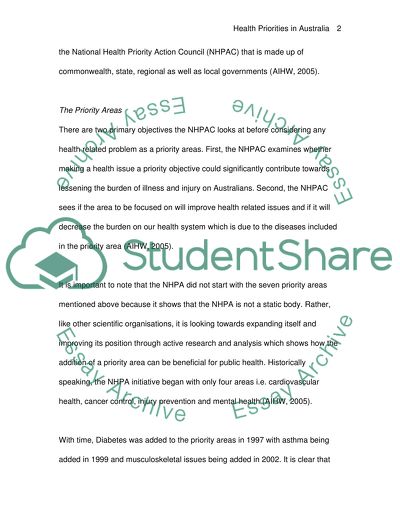Cite this document
(National Health Priority Areas Essay Example | Topics and Well Written Essays - 1000 words, n.d.)
National Health Priority Areas Essay Example | Topics and Well Written Essays - 1000 words. https://studentshare.org/health-sciences-medicine/1541137-health-priorities-in-australia
National Health Priority Areas Essay Example | Topics and Well Written Essays - 1000 words. https://studentshare.org/health-sciences-medicine/1541137-health-priorities-in-australia
(National Health Priority Areas Essay Example | Topics and Well Written Essays - 1000 Words)
National Health Priority Areas Essay Example | Topics and Well Written Essays - 1000 Words. https://studentshare.org/health-sciences-medicine/1541137-health-priorities-in-australia.
National Health Priority Areas Essay Example | Topics and Well Written Essays - 1000 Words. https://studentshare.org/health-sciences-medicine/1541137-health-priorities-in-australia.
“National Health Priority Areas Essay Example | Topics and Well Written Essays - 1000 Words”. https://studentshare.org/health-sciences-medicine/1541137-health-priorities-in-australia.


